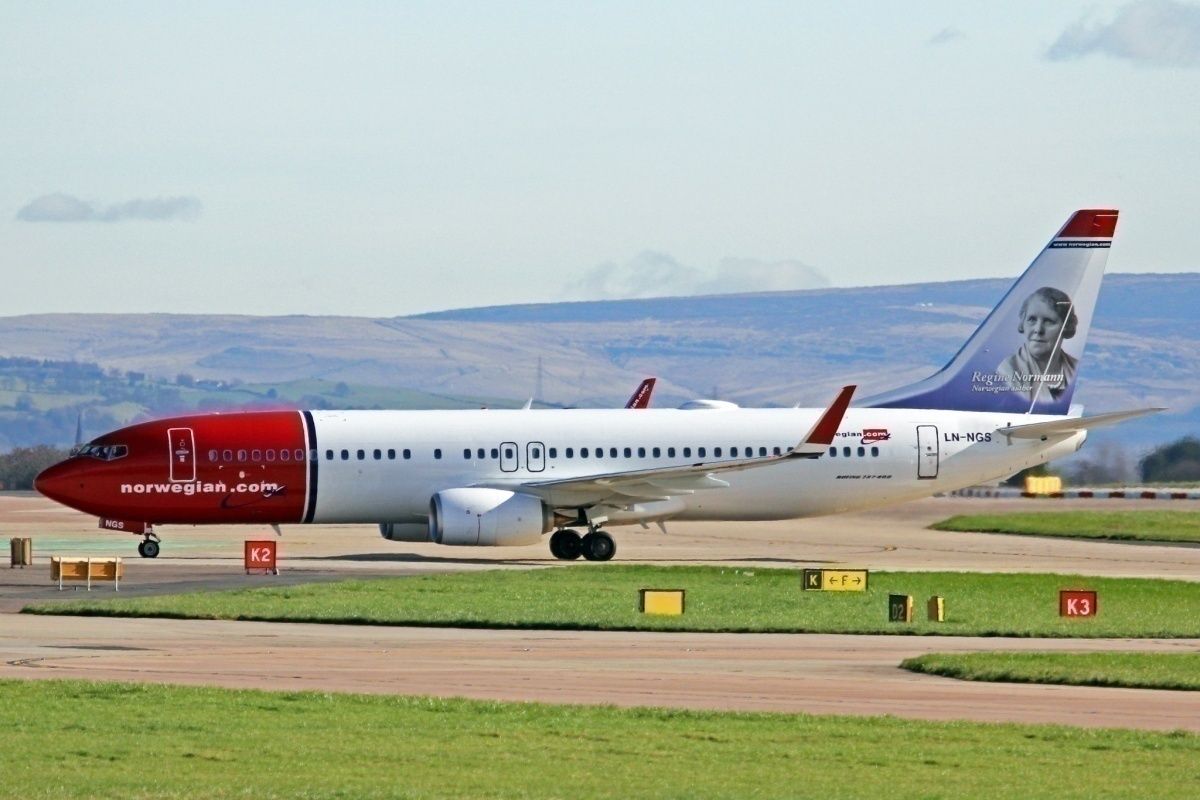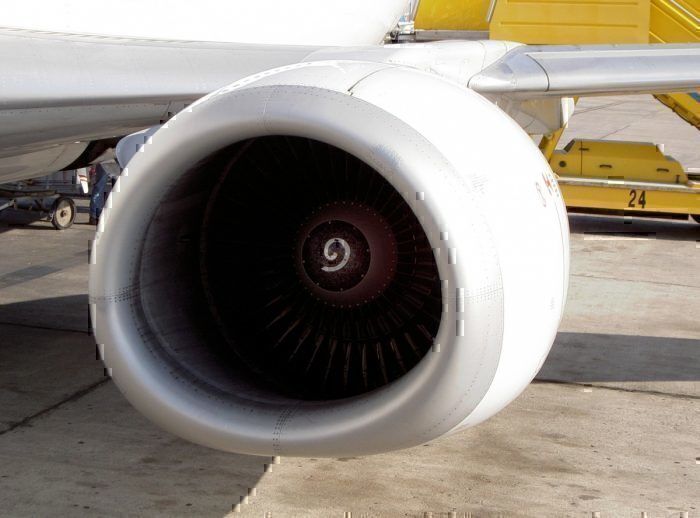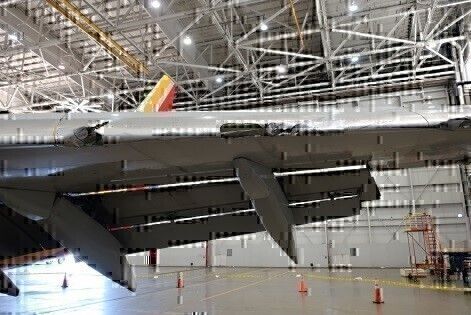A Norwegian Boeing 737-800 flying from Aalesund to Oslo experienced an engine failure shortly after take-off on Tuesday 26 November. The aircraft was forced to return to Aalesund where it made an emergency landing.
The Aviation Herald reported yesterday on an incident aboard a Norwegian Boeing 737-800 operating flight DY-413 from Aalesund to Oslo on Tuesday 26 November. According to the incident report, the Boeing 737-800, registered LN-NGS, took off from Aalesund’s runway 06.
As the aircraft was climbing, a loud bang was heard from its left engine, followed by sparks. The engine was then shut down by the crew, stopping the climb at FL134. The aircraft returned to Aalesund where it landed safely on runway 6, half an hour after take-off.
Conflicting reports about the incident
Reports on the incident from Norwegian and Aalesund Airport/the police appear to vary.
Firstly, passengers on the flight report that the aircraft shuddered and they heard a loud bang. Sparks were then seen coming out of the back of the left engine. As far as the cause of the emergency landing, the airport and police have said that an engine failure was responsible.
Meanwhile, Norwegian reportedly said that the crew decided to perform a safety landing after detecting a technical malfunction. Simple Flying has asked Norwegian for confirmation of the details of the incident and will update this article once we receive a response.
Engine issues
The Boeing 737-800 involved in Tuesday’s incident was flying with CFM56 turbofan engines. The CFM56 is still one of the most widespread engines in use today, even though it has been around in some form or another since the 1970s.
Despite being a reliable engine, there have been a couple of high-profile incidents involving the CFM56.
In particular, an incident aboard a Southwest Airlines Boeing 737-700 on 17 April 2018 which ended up killing one passenger. This incident prompted an investigation into potential design flaws with the CFM56.
An engine failure aboard Southwest Airlines Flight 1380 resulted in fragments of the engine inlet and the cowl penetrating the aircraft’s fuselage. As a result, a passenger died after they were partially ejected from the aircraft.
An NTSB investigation was subsequently launched to find out whether the incident aboard Southwest Airlines Flight 1380 could happen again.
It concluded that the incident occurred as a result of a design flaw in the engine casing aboard the Boeing 737NG, rather than the CFM56 engine itself. Boeing subsequently redesigned the engine casing.
Normally an engine failure would be contained, but the design flaw resulted in fragments of metal penetrating the fuselage.
Besides this design flaw specifically relating to the Boeing 737NG, incidents involving the CFM56 are relatively few and far between considering how many of the engines are in service.
The Boeing 737-800 involved in Tuesday’s incident will have had the redesigned engine inlet and cowl fitted following the investigation into Southwest Airlines Flight 1380. Without it, the engine failure could well have resulted in a much more serious incident.



